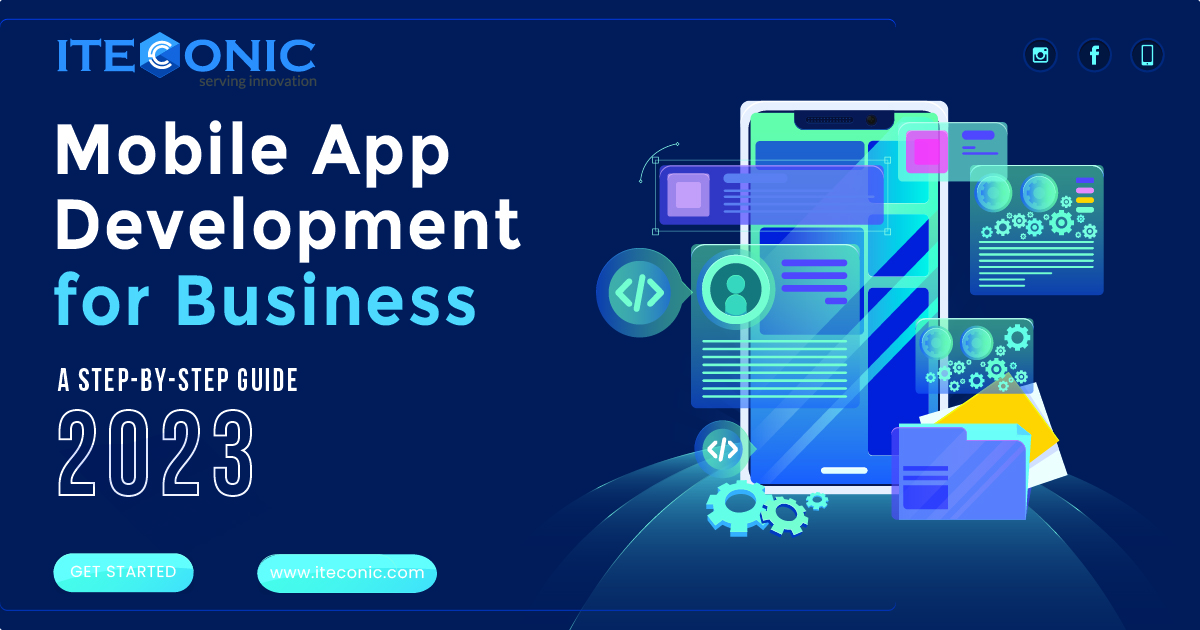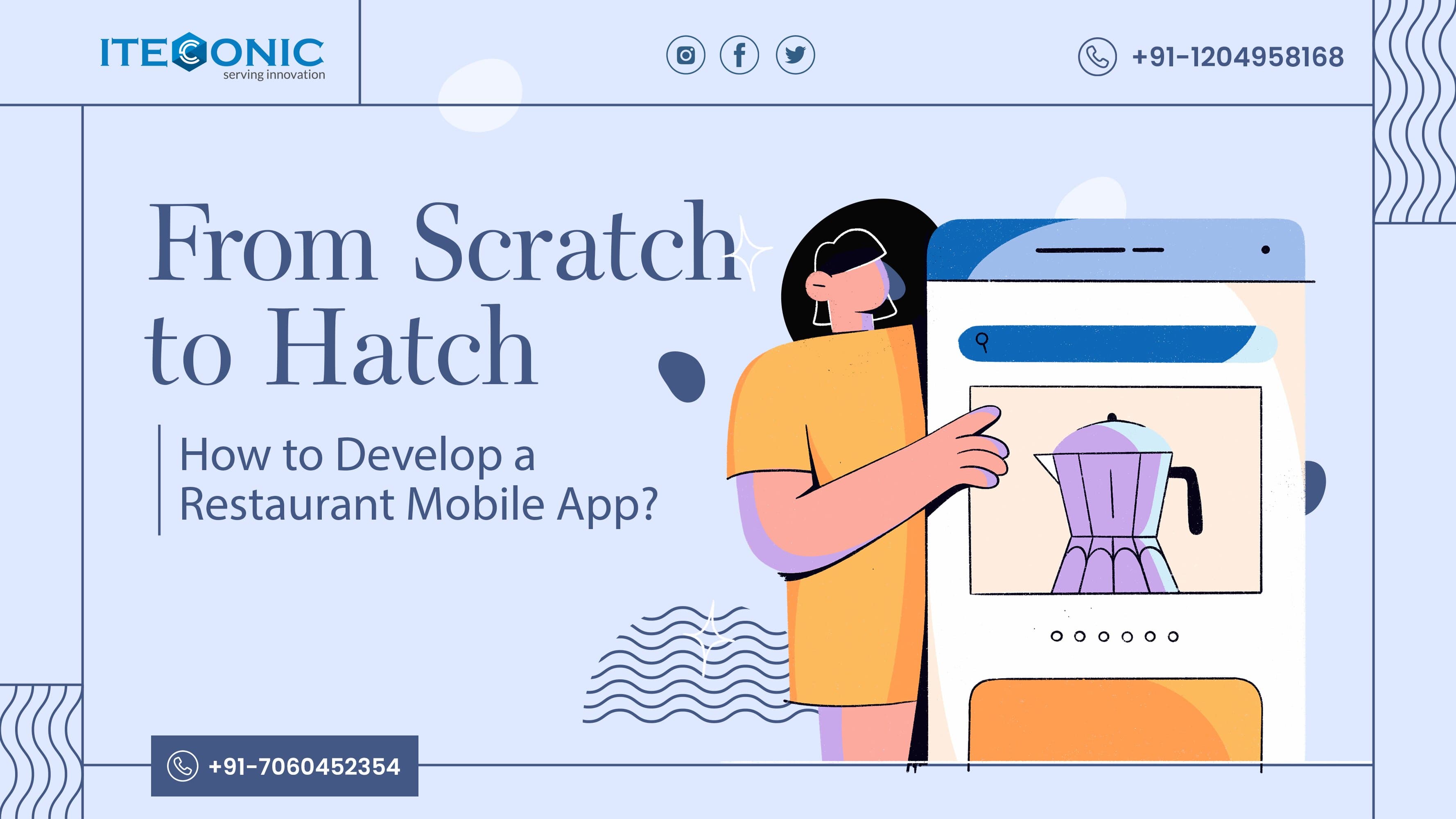What Are the Top 6 Android App Development Trends of 2023-24?
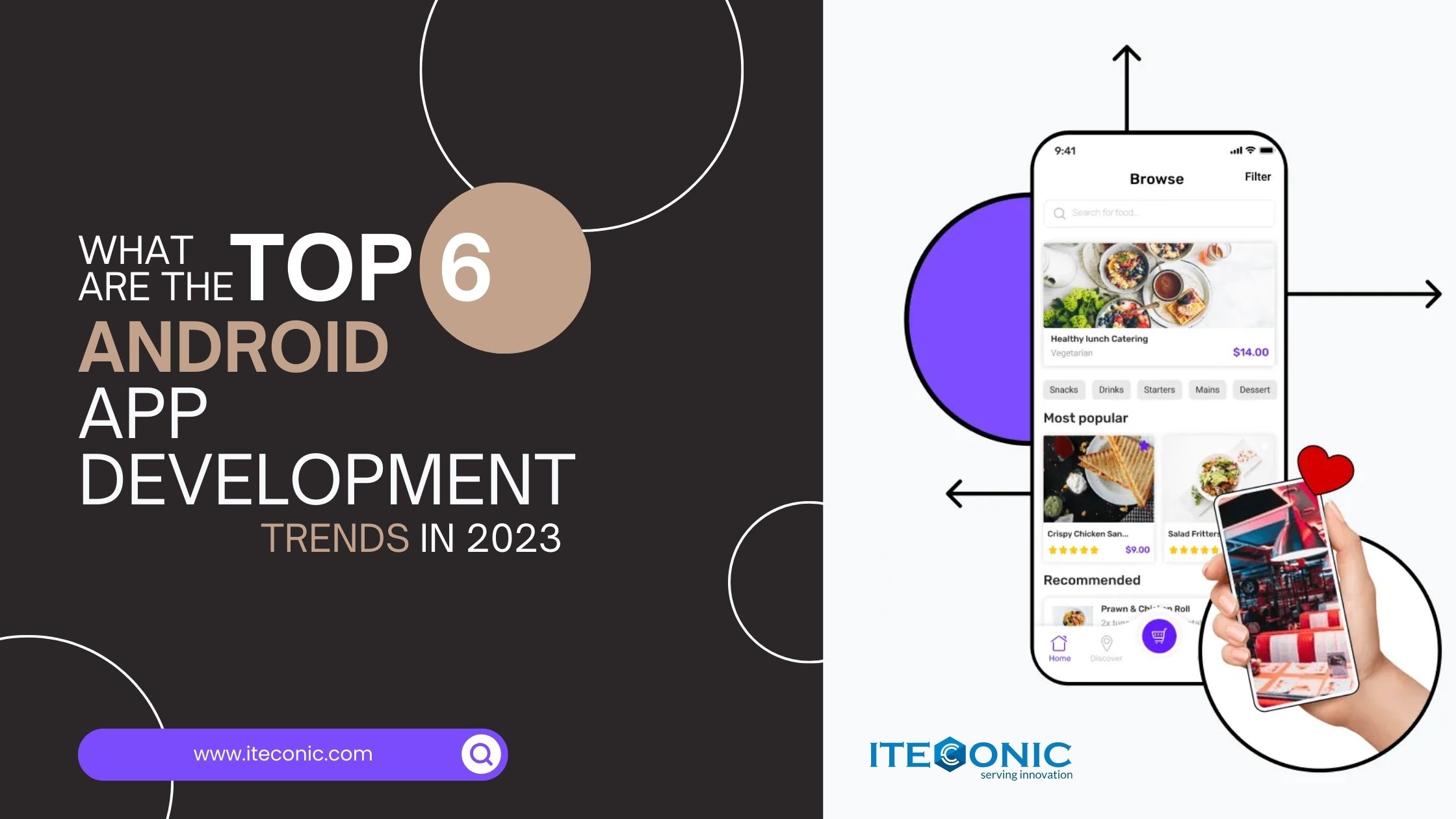
In the dynamic world of Android app development, 2023 brings forth a myriad of trends that are reshaping the industry. The integration of 5G technology stands at the forefront, revolutionizing mobile experiences with lightning-fast connectivity, opening doors for augmented reality, high-definition streaming, and real-time gaming. While considering the major stats, at the moment Android app store or Google Play Store comprises over 3.48 million applications built specifically for Android devices. Observing these data makes us eager to know what the Android application development trends will be near in the future.
As foldable smartphones and advanced wearables gain momentum, developers are adapting apps to suit these unique form factors, providing innovative and responsive user interfaces. Moreover, Instant Apps and Progressive Web Apps (PWAs) are becoming increasingly popular, offering user’s rapid access to app functionality without the need for full installations, thereby enhancing user convenience.
This dedicated blog helps understand the top 6 Android app development trends of 2023-24 that will be essential for developers of the best mobile app development companies like ITEconic.
What are the Newest Android App Development Trends People Should Know?
In the ever-evolving realm of Android application development, the current year presents an exciting array of trends that are reshaping the way we interact with mobile technology. These trends not only cater to the growing demands of tech-savvy users but also leverage the latest innovations to provide seamless, secure, and engaging experiences.
Agree or not, the widespread deployment of 5G Networks is accompanying an era of lightning-fast data speeds and low latency, enabling developers to create immersive applications that rely on real-time data, high-definition streaming, augmented reality, and IoT connectivity. Similarly, Instant Apps and PWAs are gaining popularity for their ability to provide users with quick access to app features without full installations.
These trends underscore the dynamic nature of Android application development, emphasizing the need for developers to stay at the forefront of innovation to deliver applications that meet the expectations of modern users.
Also Read - Meditation App Development Cost Explained!
-
Build Focus on Cross-Platform/Hybrid Applications
Cross-platform app development has gained substantial momentum, reflecting a growing trend in the application development landscape. This approach allows developers to create applications that run seamlessly on multiple operating systems, including Android, iOS, and Desktop apps as well. There are several reasons for the increased focus on cross-platform development, as using cross-platform frameworks like React Native, Flutter, and Xamarin enables developers to write code once and deploy it across multiple platforms, reducing development costs and time-to-market. Other than this, these cross-platform tools offer features like hot-reloading, enabling real-time code changes and quicker testing. This accelerates the development cycle and allows for more rapid updates and bug fixes.
-
Incorporate Artificial Intelligence and Machine Learning
Machine Learning (ML) and Artificial Intelligence (AI) are increasingly integral to new application development trends as these technologies are revolutionizing user experiences, enhancing app functionality, and improving personalization.
ML and AI enable apps to anticipate user preferences and behavior, leading to more tailored content and recommendations. Additionally, Chatbots and virtual assistants powered by AI are providing efficient customer support and enhancing user engagement within apps. That is the reason why apps are becoming smarter, offering natural language processing capabilities for voice commands and text-based interactions.
-
On-demand Apps Are Popular Nowadays
On-demand applications have surged in popularity due to their unparalleled convenience and accessibility. These apps, prevalent across various domains such as food delivery, ride-sharing, and home services, cater to the immediate needs of users. The real-time nature of on-demand apps provides instant gratification, making them a preferred choice for modern consumers. They offer a seamless user experience, allowing customers to order products or services with a few taps on their mobile devices. Furthermore, the COVID-19 pandemic accelerated their adoption, emphasizing their value in contactless transactions and social distancing. As a result, the popularity of on-demand applications continues to rise, reshaping consumer expectations and driving innovation across industries.
-
Deployment of Internet of Things
The massive deployment of IoT (Internet of Things) is reshaping industries and our daily lives. IoT involves connecting a wide range of devices and objects to the internet, allowing them to collect, exchange, and analyze data for enhanced functionality and efficiency. Industries like manufacturing, healthcare, agriculture, and smart cities are adopting IoT at an unprecedented scale to improve processes, reduce costs, and enhance decision-making. In homes, IoT devices like smart thermostats and security systems provide convenience and automation. As IoT technology becomes more accessible and affordable, its deployment continues to grow, promising a future of interconnected devices that revolutionize how we live and work.
Trending Post to Read - Best Flutter App Development Services
-
The Trend to Use Blockchain Technology
Blockchain technology is revolutionizing various industries by providing secure, transparent, and decentralized solutions. Its primary use case is in digital currencies like Bitcoin, where it ensures trust and immutability in transactions. Beyond cryptocurrencies, blockchain is employed in supply chain management to track and verify the origin of products, enhancing transparency and reducing fraud. It's also utilized in healthcare for securely storing and sharing patient data, ensuring privacy and data integrity. Smart contracts, and self-executing agreements, automate processes across industries, reducing the need for intermediaries. As blockchain matures, its applications continue to expand, promising greater efficiency, security, and transparency across various sectors.
-
Immersive Chatbots are Best
Immersive chatbots represent the next frontier in conversational AI. These advanced AI-driven virtual agents engage users in highly interactive and realistic conversations. They leverage natural language understanding, sentiment analysis, and advanced voice or text synthesis to create immersive, human-like interactions. Immersive chatbots find applications in customer support, virtual assistants, and even entertainment, offering users a more engaging and personalized experience. By simulating human-like conversations, they enhance user satisfaction and foster deeper engagement. As technology continues to advance, immersive chatbots are poised to redefine how businesses interact with customers, offering a more human touch in the digital realm.
Final Thought We Implement
The Android app development is marked by exciting trends that reflect the ever-evolving demands of users and technology. From the integration of 5G and AI for enhanced connectivity and intelligence to the focus on cross-platform development for cost-efficiency, these trends signify a commitment to delivering innovative and user-centric experiences. As the industry continues to advance, developers must remain adaptable and stay informed about these trends to create apps that not only meet but also exceed the expectations of modern users in an increasingly connected world.
.jpg)
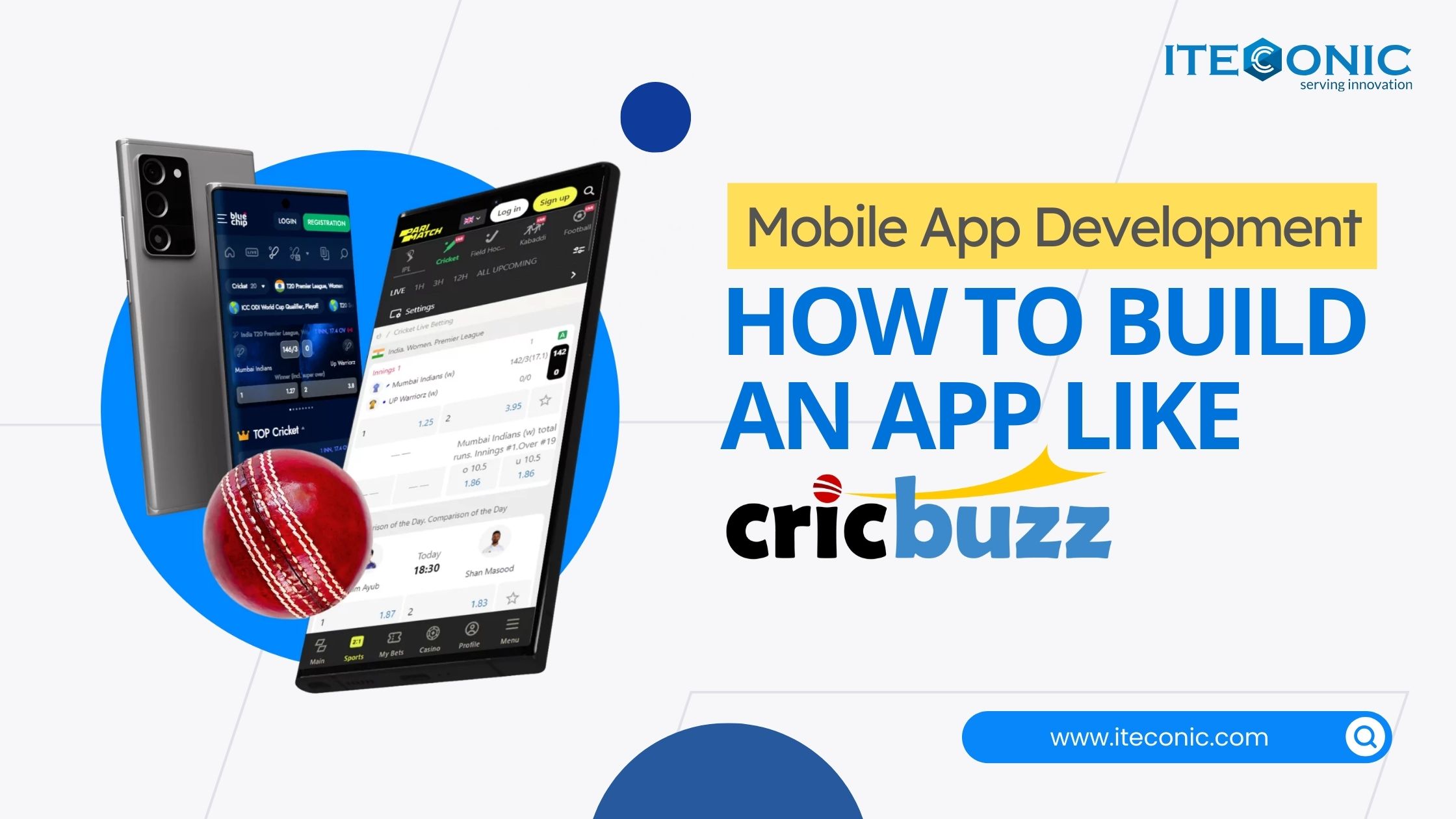
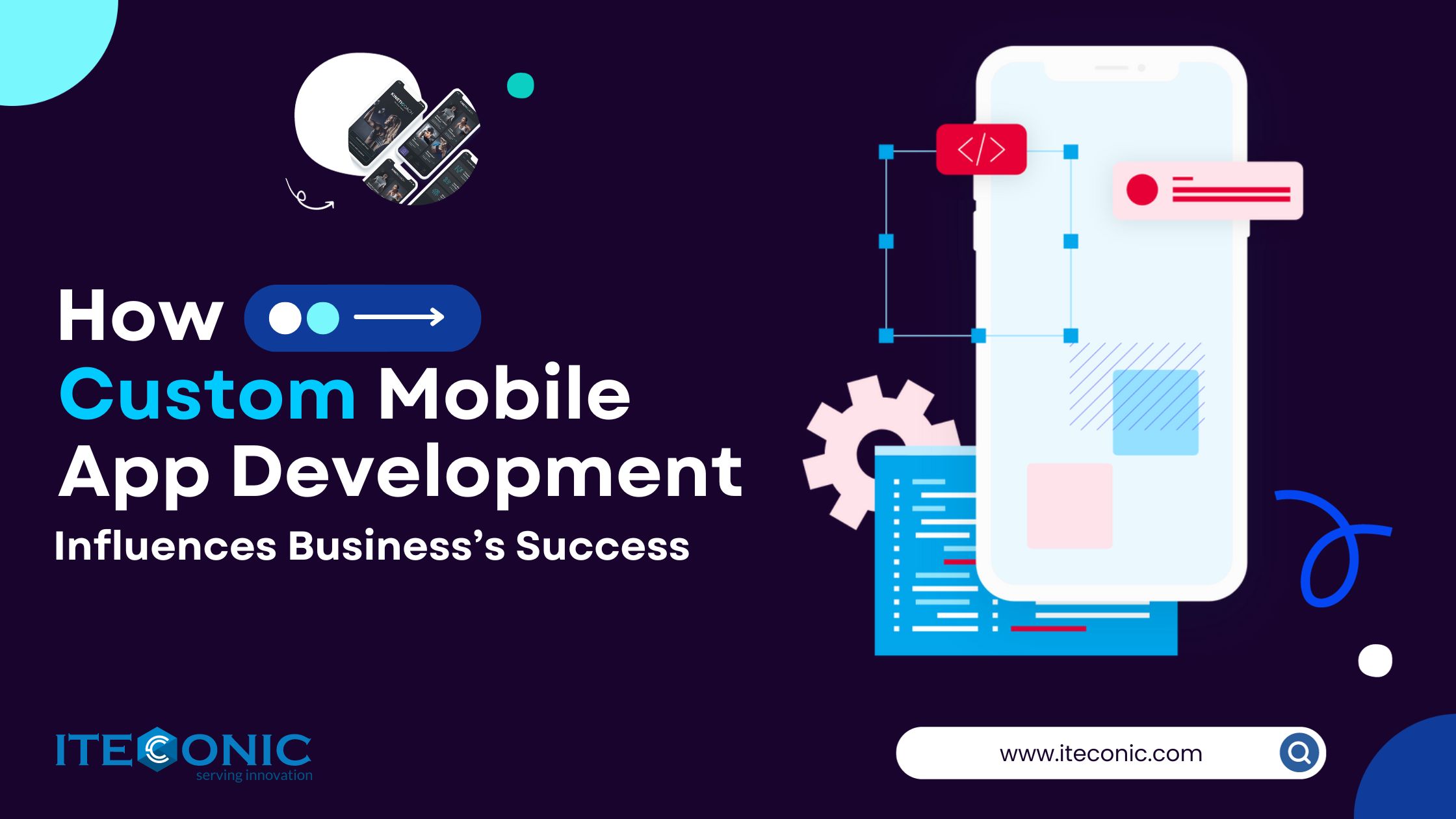
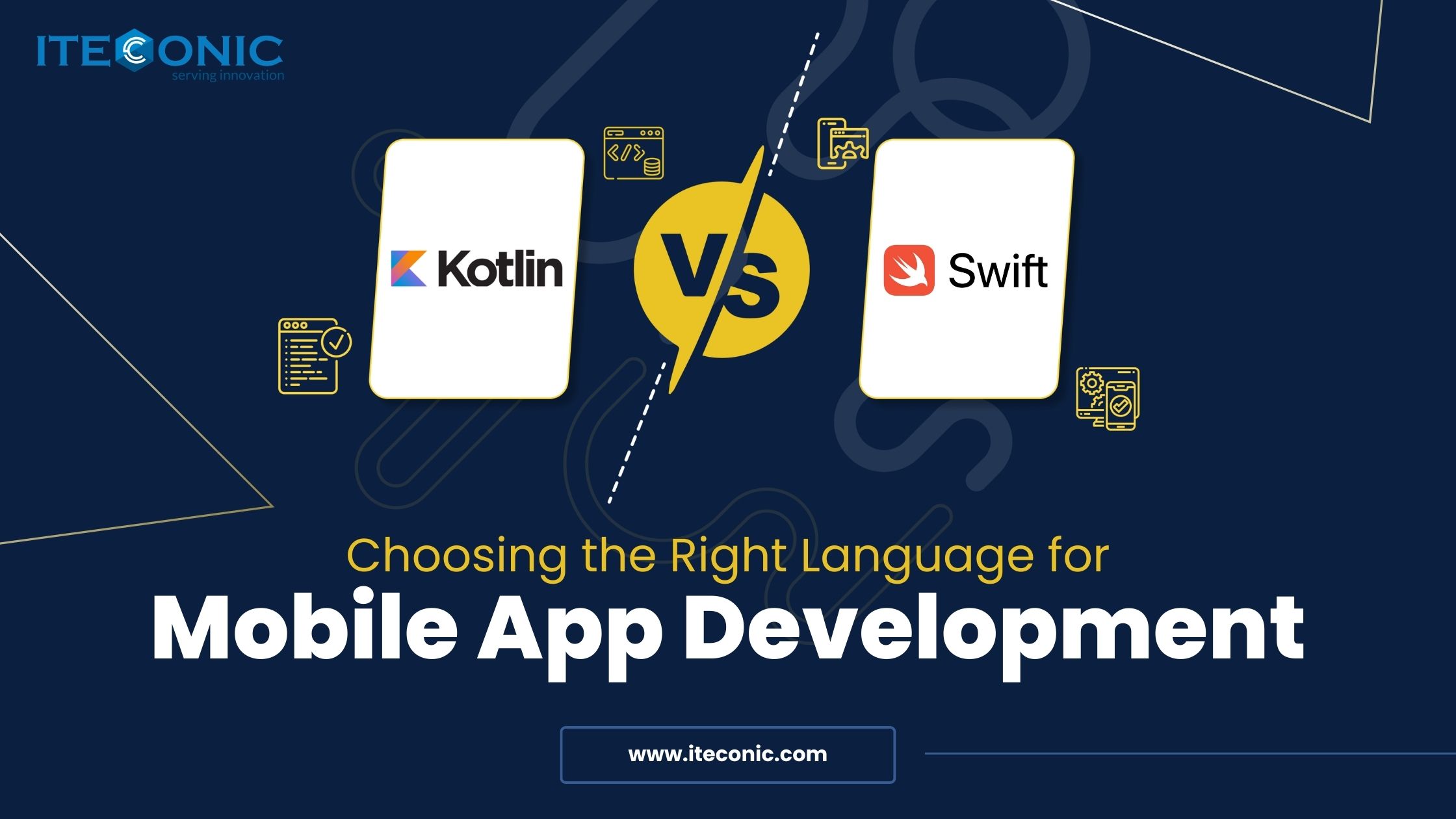

.jpg)
.jpg)
.jpg)
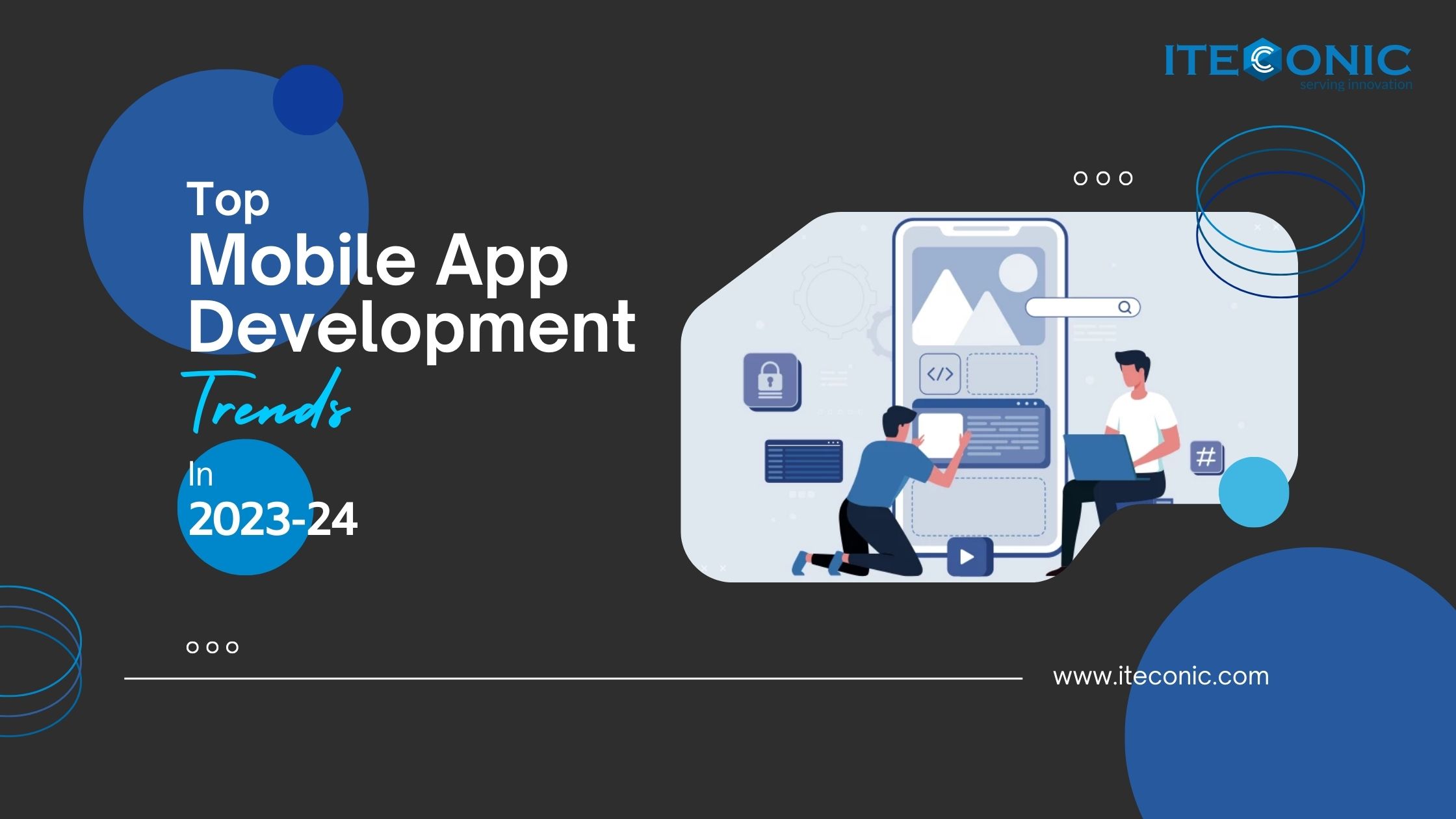
.jpg)
 (1).jpg)
.jpg)
.jpg)
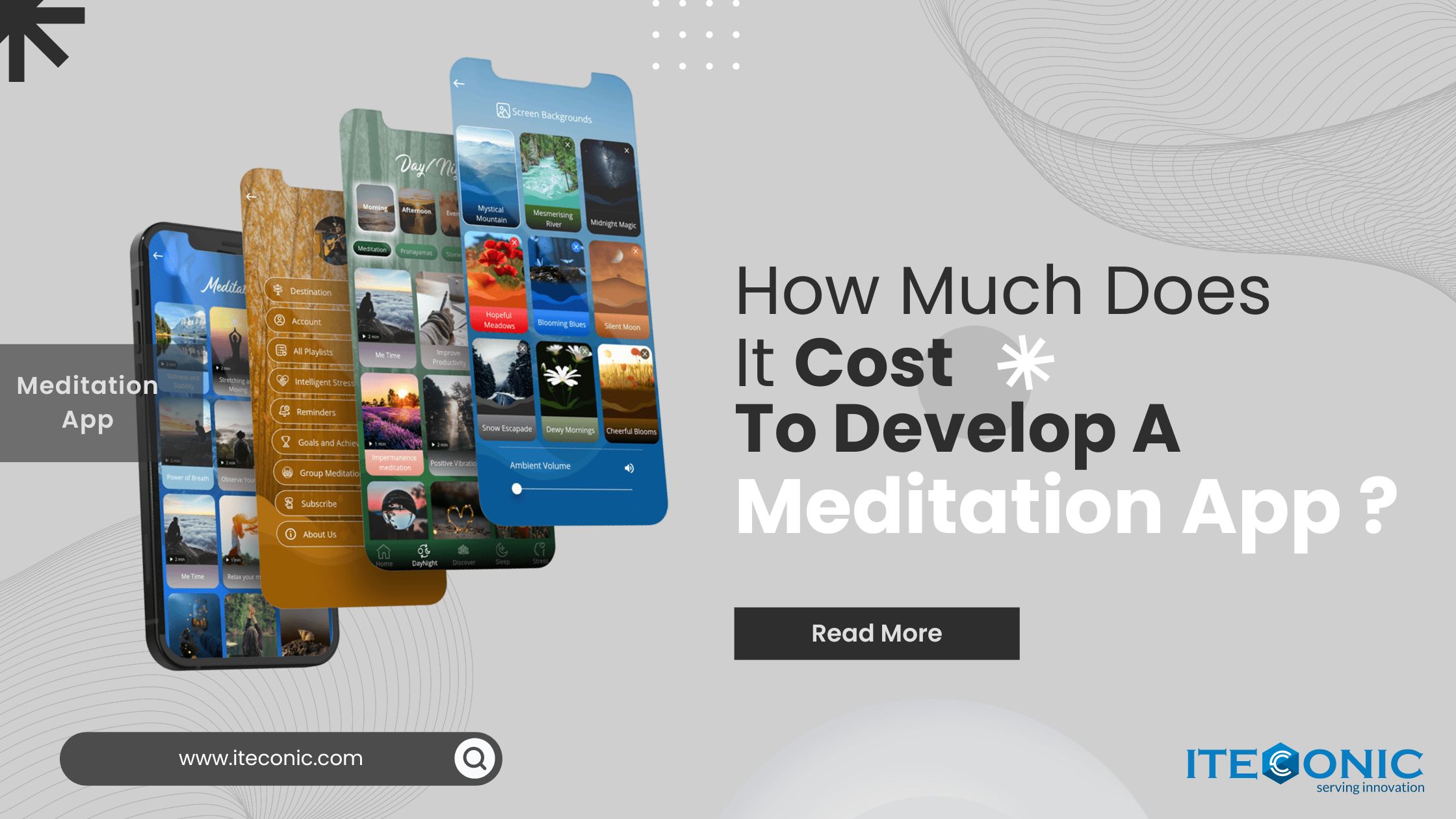
 (1).jpg)
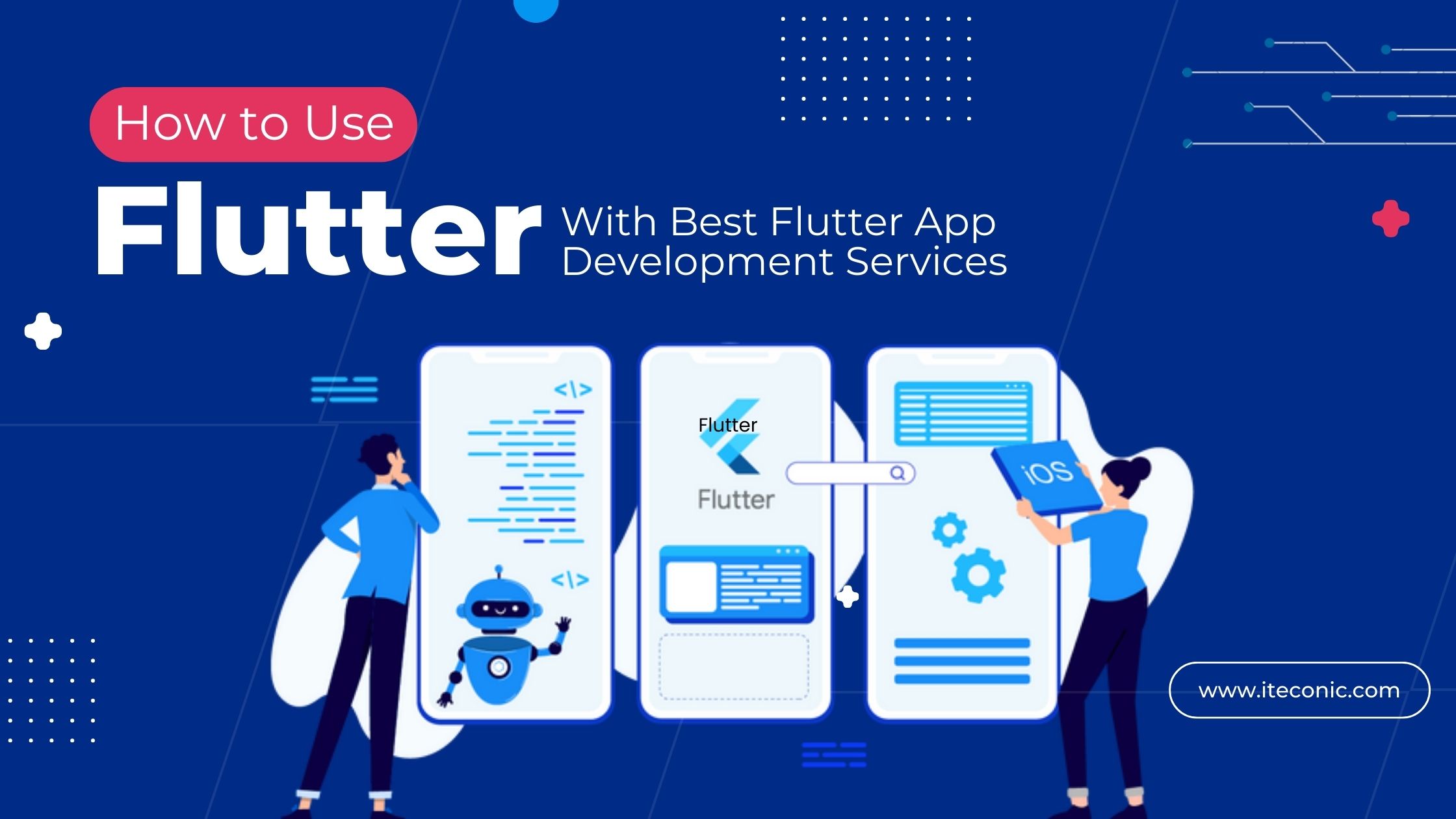
.jpg)
 (2).jpg)
.jpg)
.jpg)

.jpg)
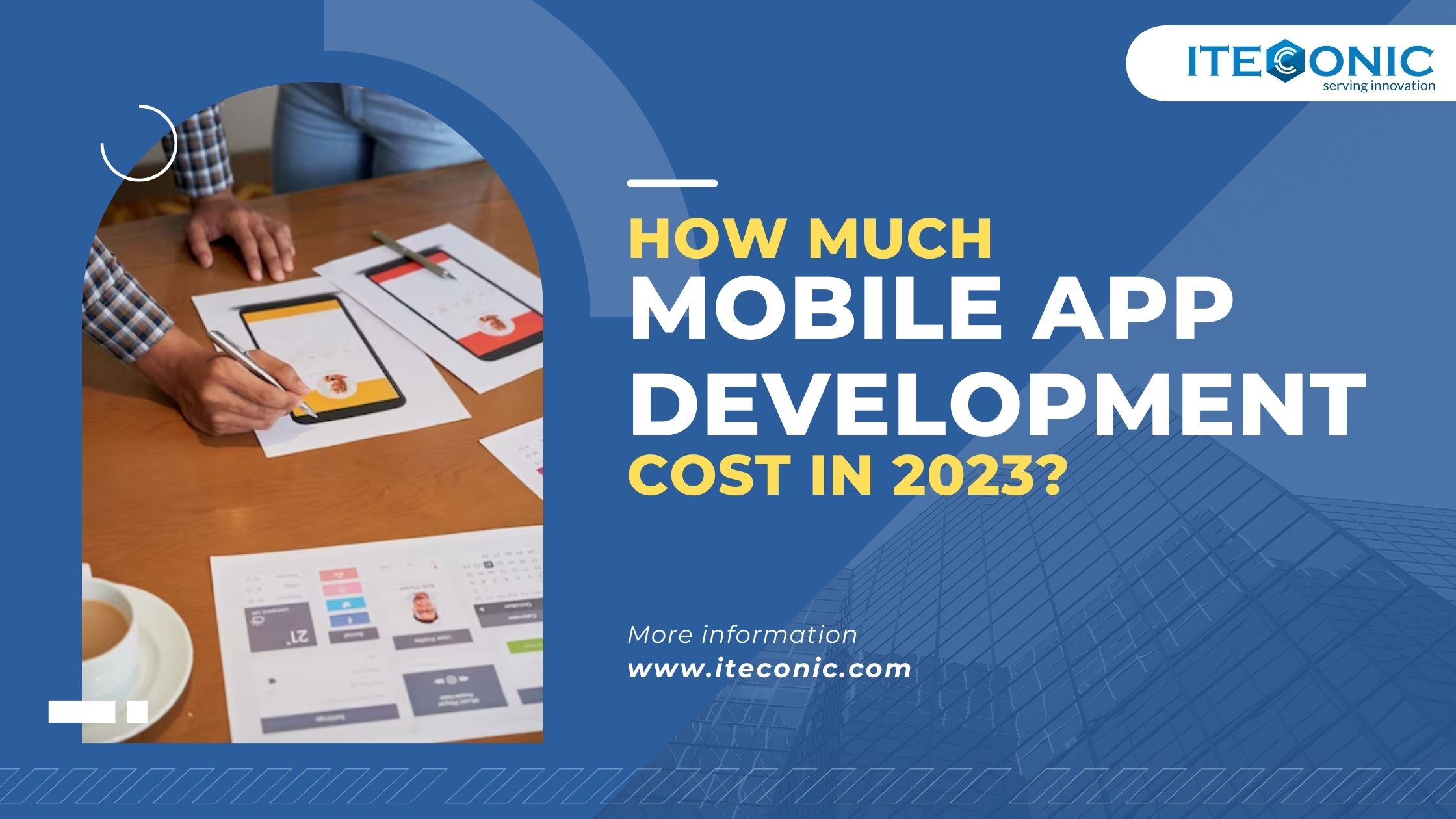

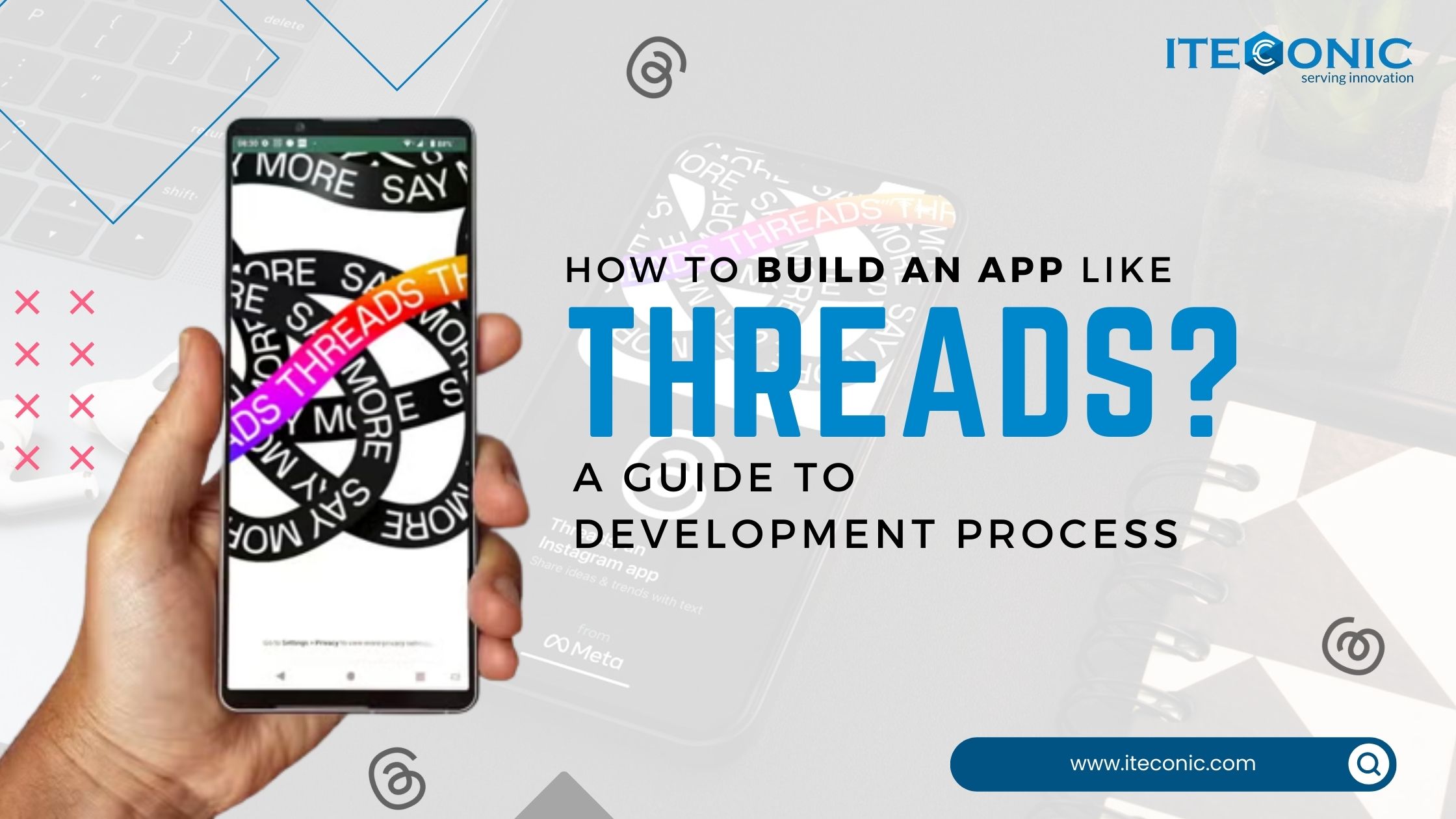
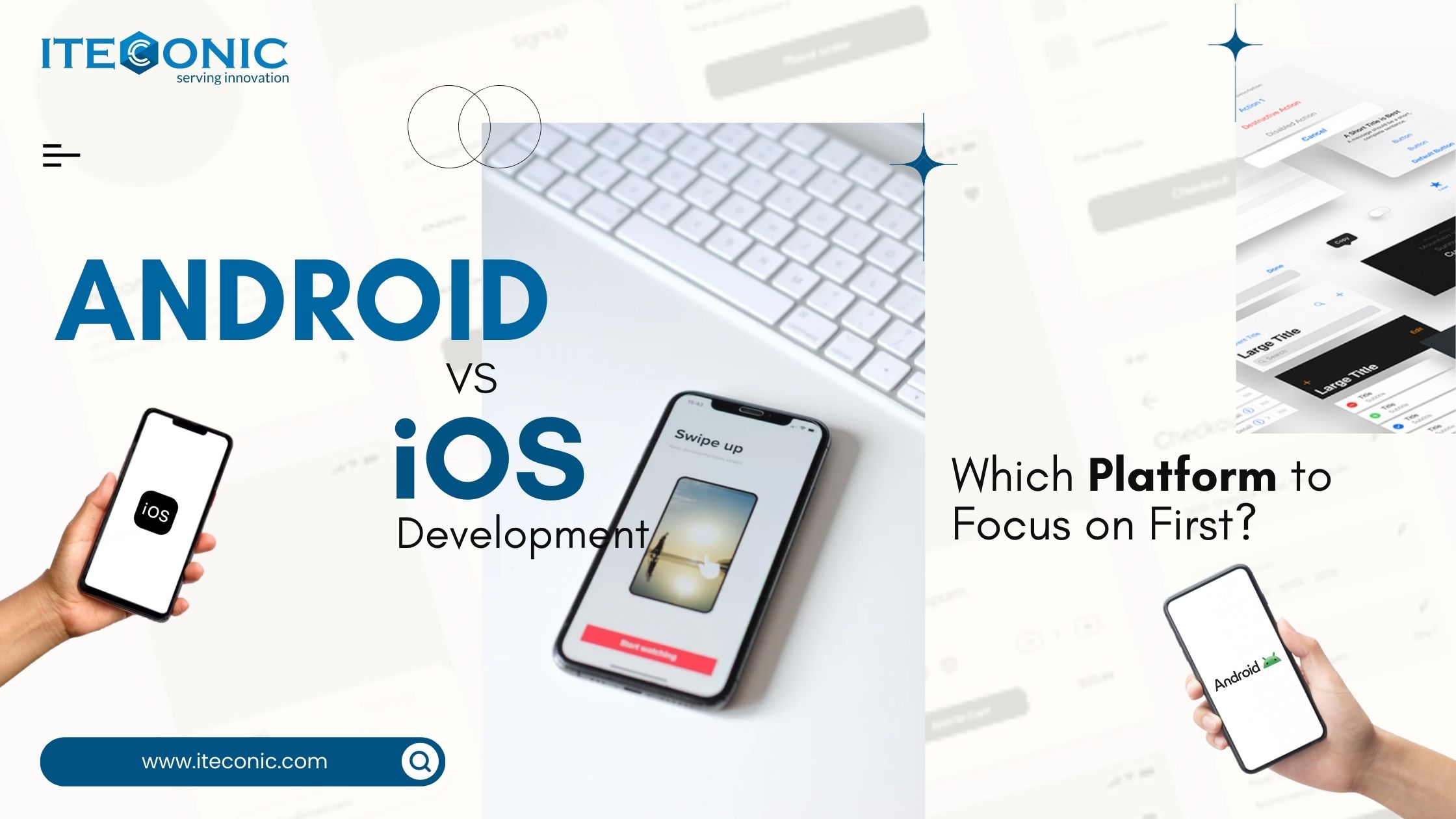

.jpg)
.jpg)
.jpg)
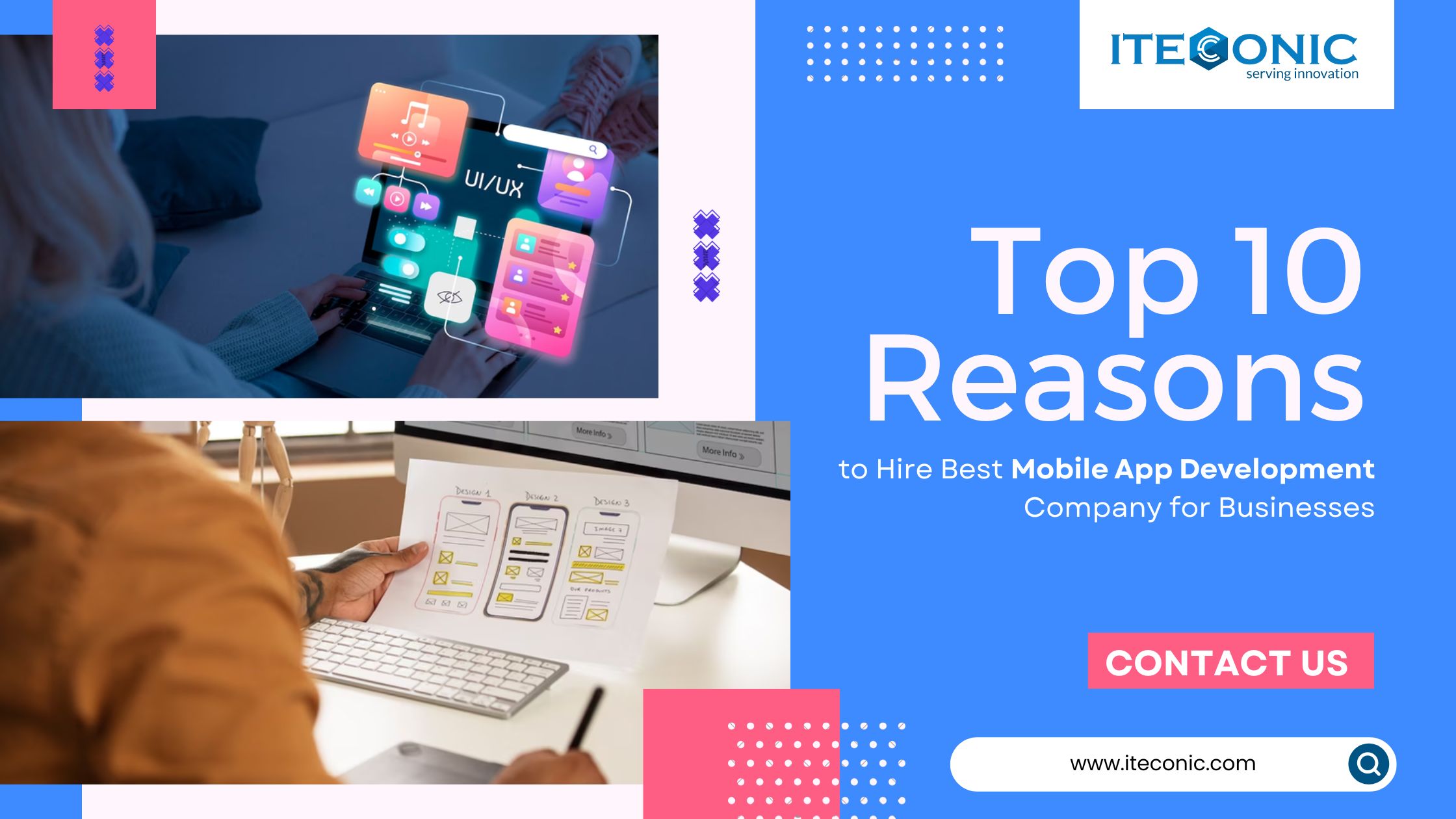
.jpg)
.jpg)
.jpg)
